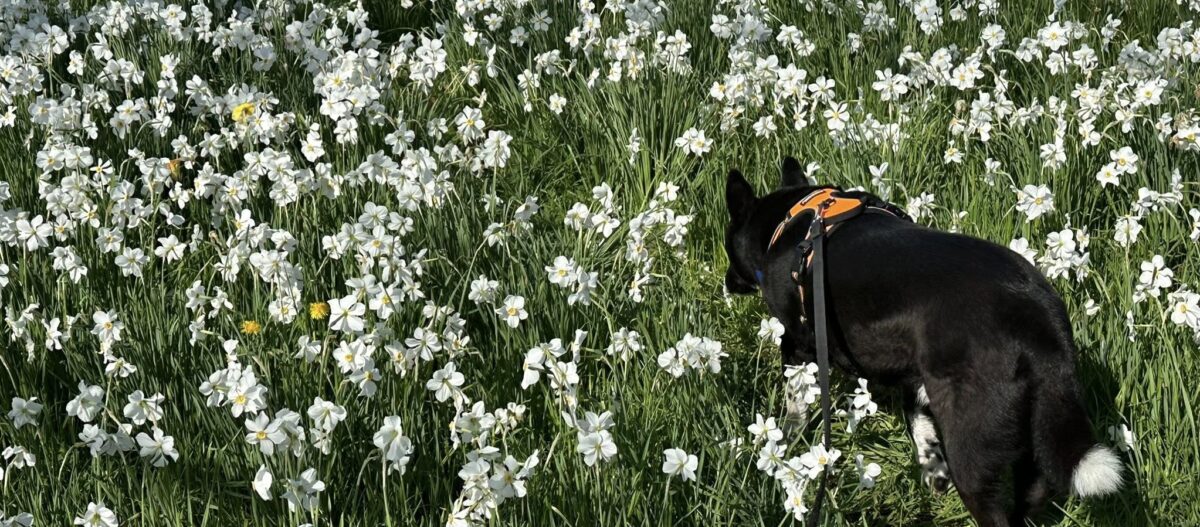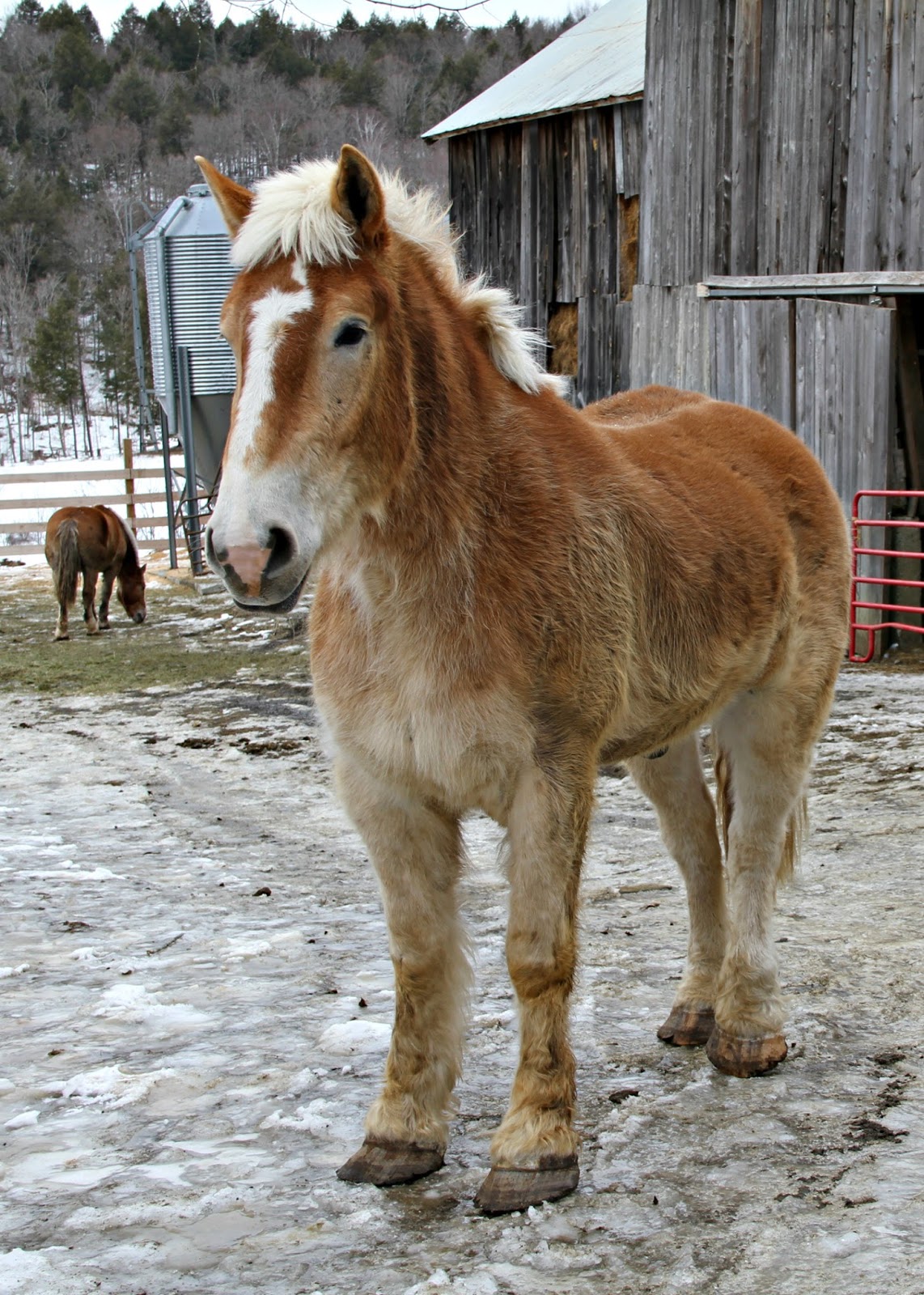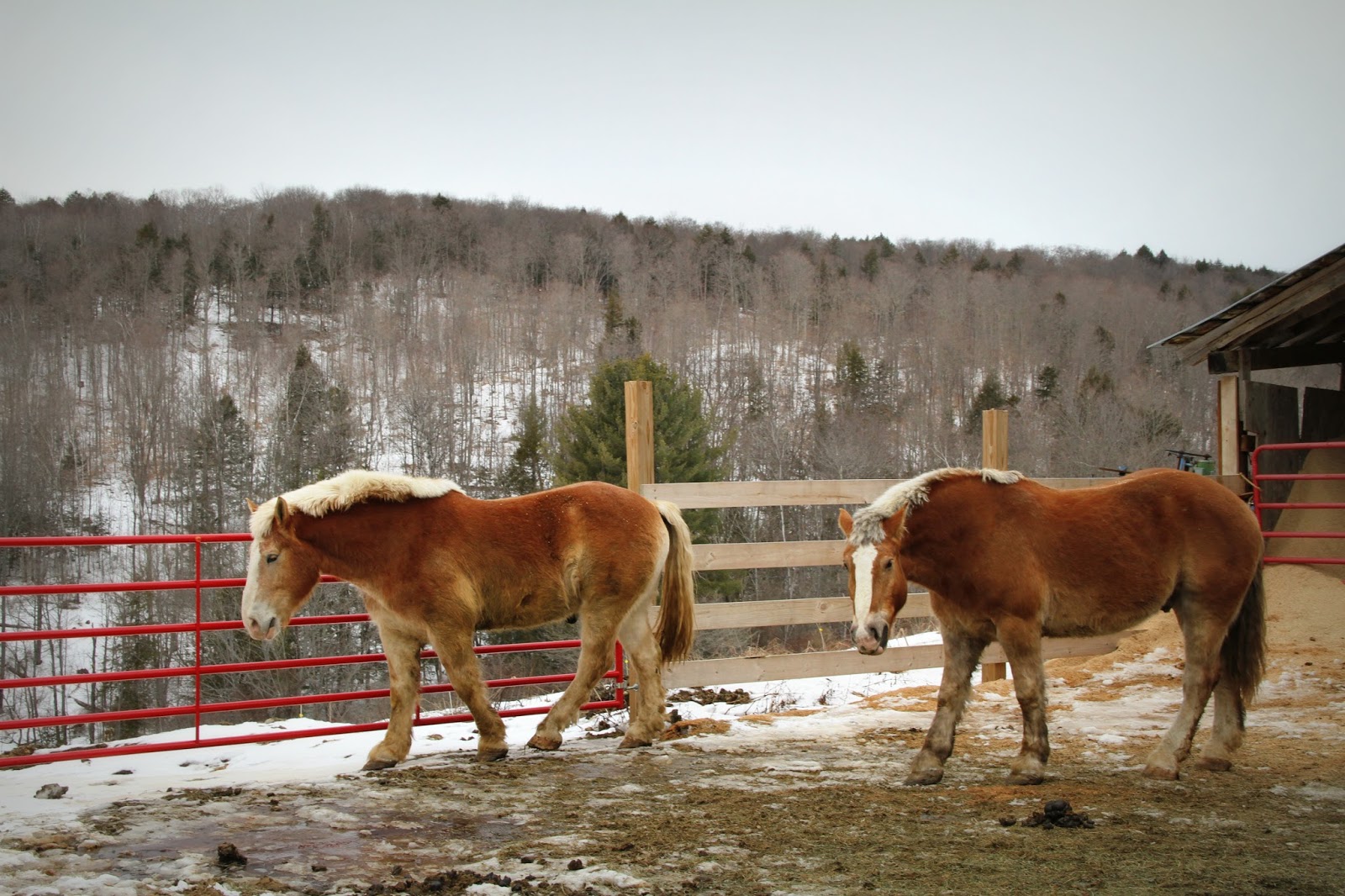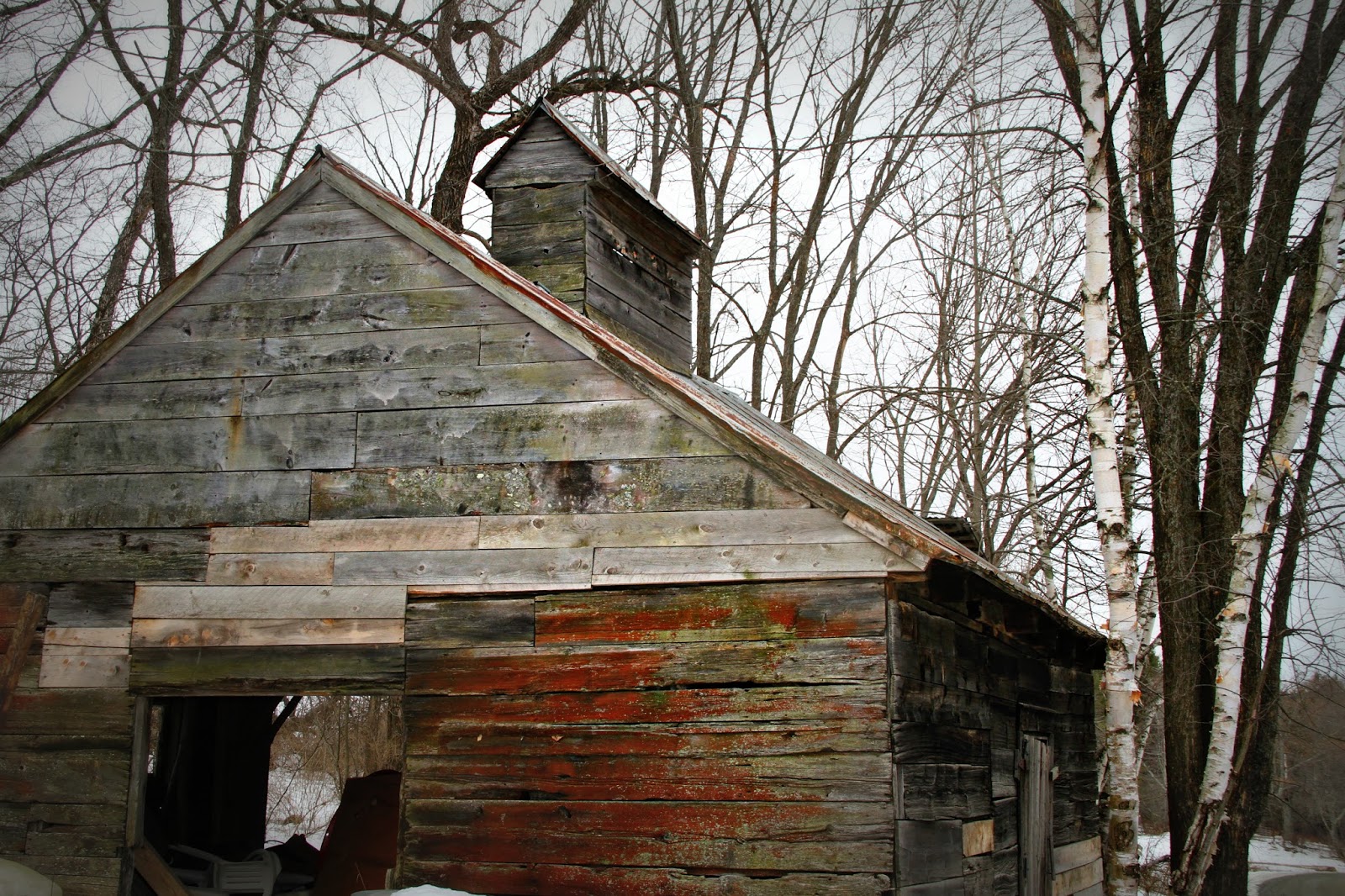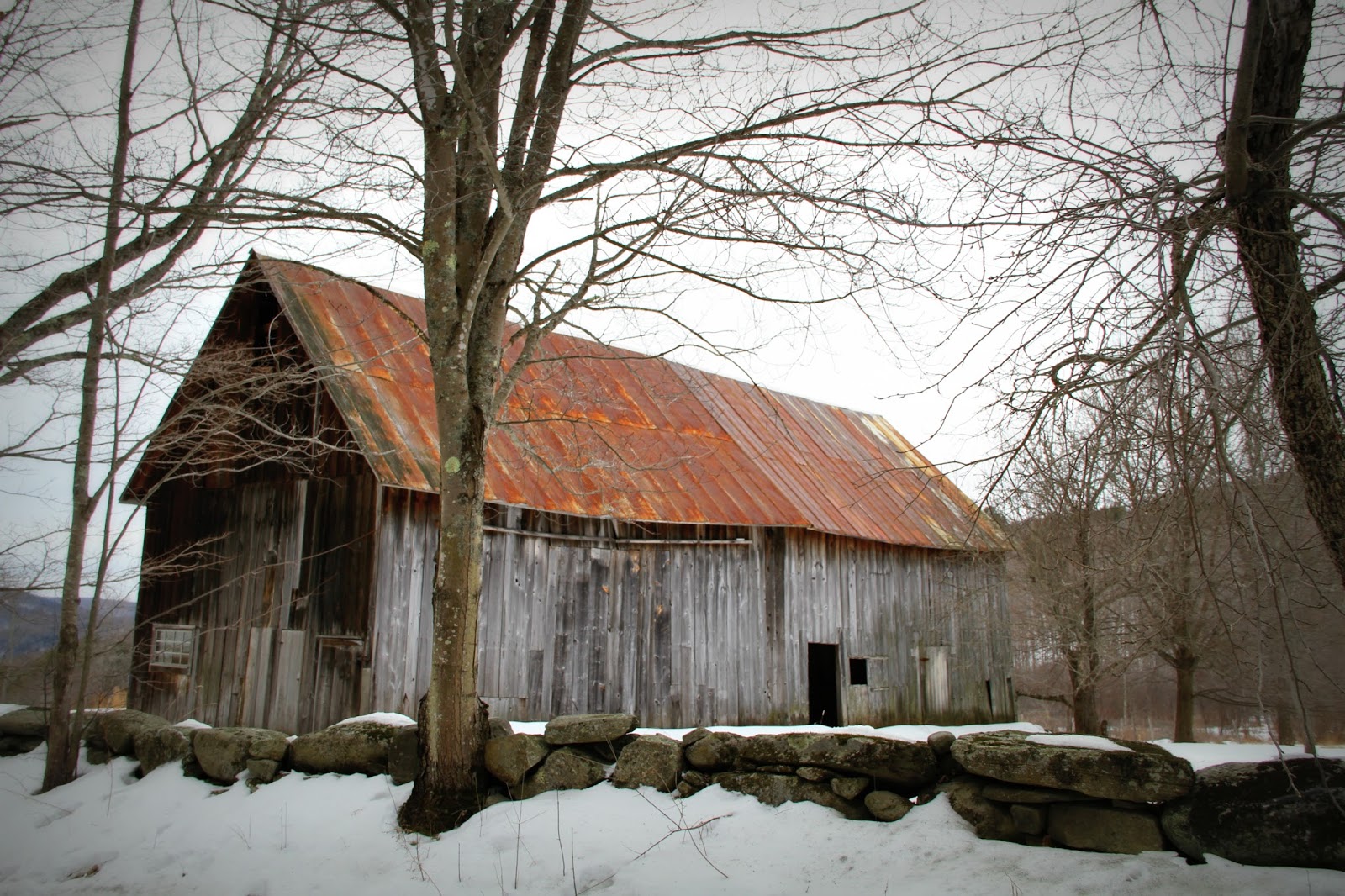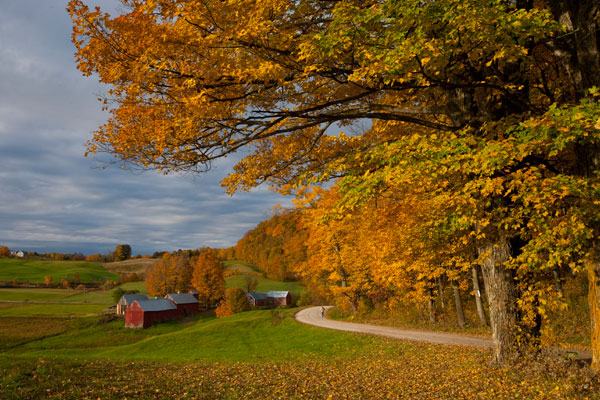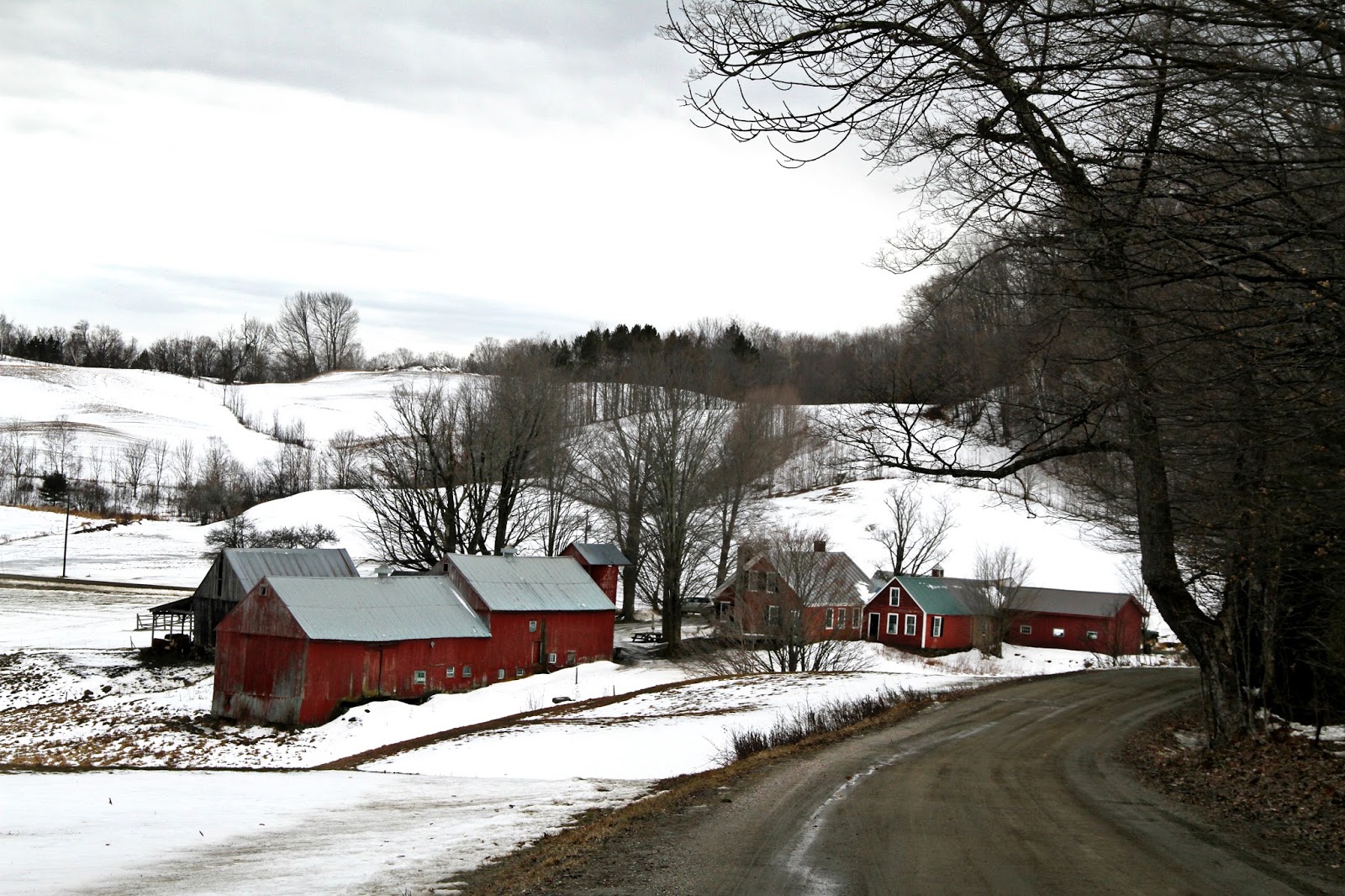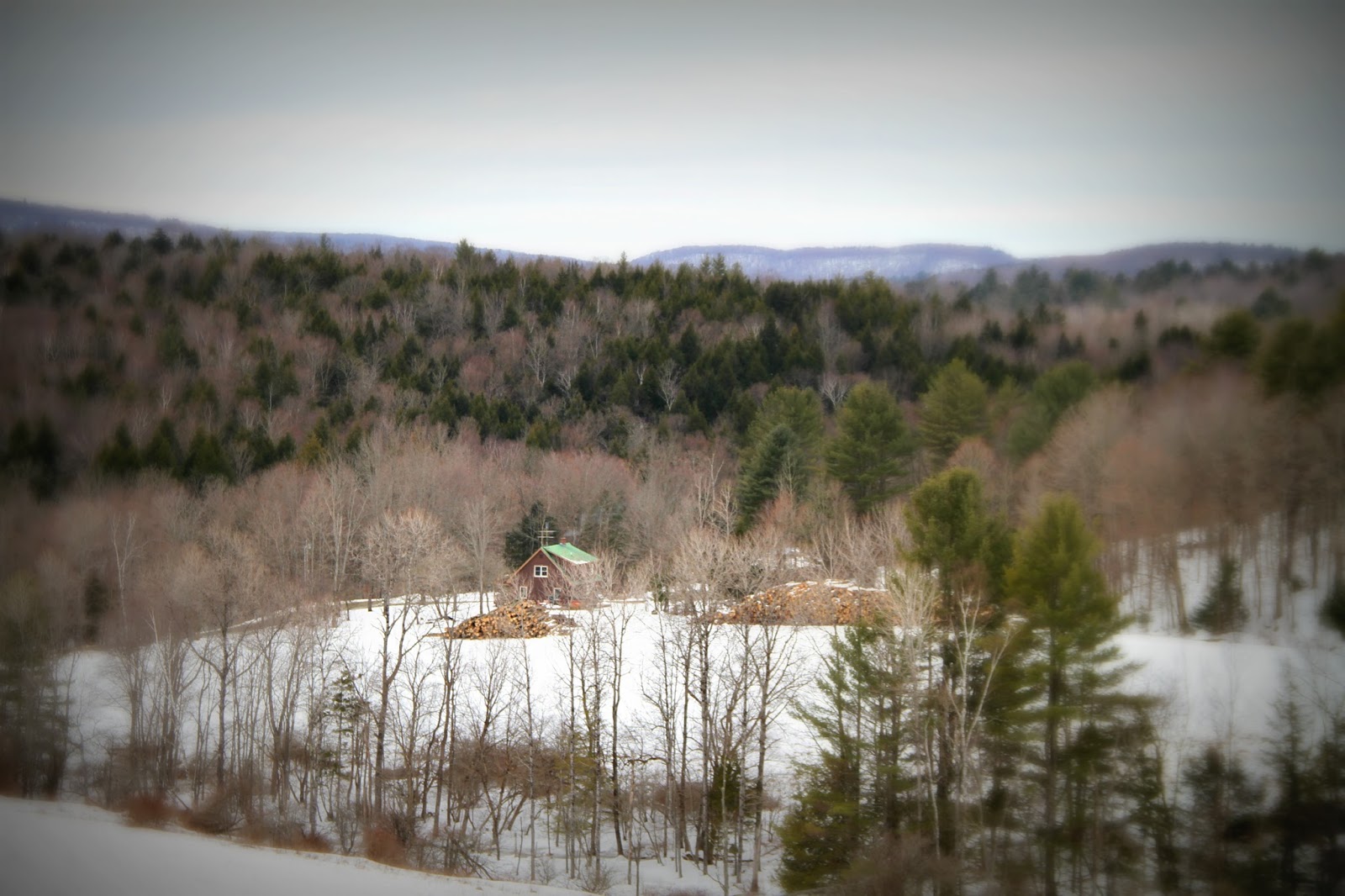My favorite thing to do when we visit Vermont is to hunt down the old barns with my camera. Back in the day, the houses were small and sturdy and the barns were built BIG, to accommodate the livelihood of the farmers, their livestock and crops. Many are tumbling down now, sad to see.
PS – Blogger is giving me real issues with fixing fonts on this post.. I apologize for the unruly appearance and size of fonts.
Some Agricultural History: (or, skip to the pictures) Farming has always played a major part in the lives of Vermonters. In the late 1700’s, most Vermonters lived on self sufficient farms, which meant they consumed most of the food they produced. Sheep were introduced to Vermont in 1811 and soon they became a major source of income for farmers. The rough hillsides and climate of the state were especially suited for sheep raising. By the 1840’s competition from other areas and economic conditions led to a decrease in sheep farming.
The Luces are the second, third and fourth generations to live on Sugarbush Farm. Jack and Marion Ayres bought the farm in 1945 with a dream to make a go of country living. They were the first folks in Vermont to start packaging cheese in waxed bars so they would travel well without refrigeration. By 1975 the Boston Globe wrote about Sugarbush Farm “At the end of a scenic Vermont road lies a Cheese Lovers paradise.” In 1995 the American Cheese Society awarded Sugarbush Farm a Blue ribbon for the best smoked cheese in the country. Today the farm is operated by Betsy, the Ayres’s daughter, her husband Larry and their sons Ralph and Jeff. Its the Luce family’s goal to keep the farm a working, active operation. The future looks bright for the fourth generation with 7 grandchildren learning good working habits on the farm.
Because it wasn’t far off our path, I couldn’t pass up the opportunity to photograph Jenne Farm – the most photographed farm in New England. Jenne farm, located on Jenne Road in Reading, Vermont, has been owned by the same family for generations. The current residents are struggling to keep the farm going, and because of the prime real estate, it is feared they will eventually have to let go of it for development, yet another gem lost to us forever. I hope a way is found to preserve it.
A photo taken by a photographer in fall….
My version on a mid winter day ….
We visited the Billings Farm and Museum, right on the outskirts of Woodstock, walking distance from the Inn… click here for more info.. History of the farm HERE. In brief, it was donated to the state of Vermont as a national historical park by the Rockefellers and serves as a working dairy farm and educational facility/museum on the history of rural Vermont farm life. For $14. you get the full tour, including a walk through the homesteads, the immaculate dairy barns, nursery and a sleigh or wagon ride, depending on the footing.
If he had his druthers… Mike’s dream cabin, where he can get away from it all.. just down the hill from Sugarbush Farm..
Thanks for tagging along 🙂 And whenever you get the chance… buy fresh, buy local.. .support local farmers, producers, farm markets. It matters, and you benefit. Win win.
